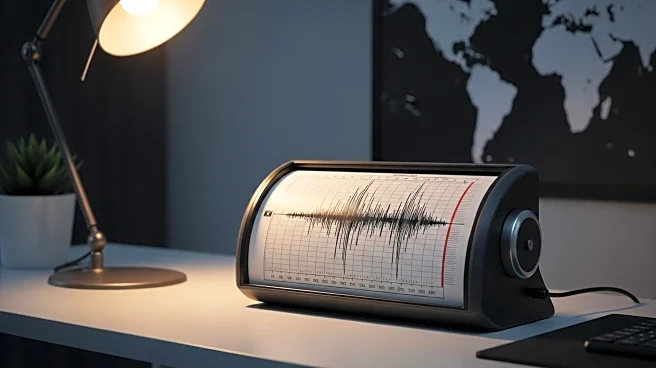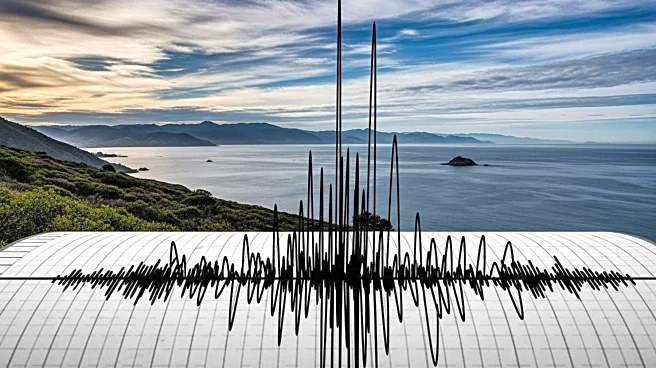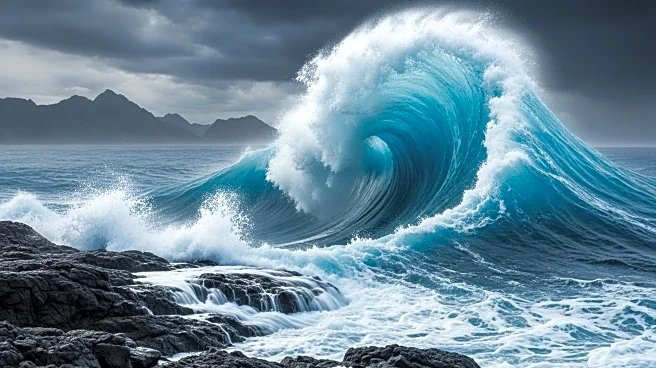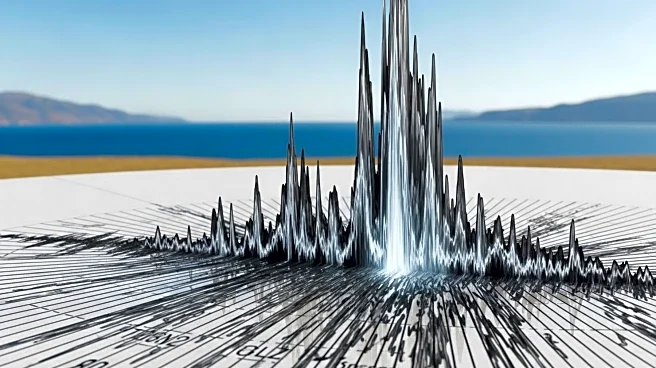What's Happening?
A powerful earthquake with a magnitude of 7.8 struck off the east coast of Russia, specifically near Kamchatka Krai, according to the United States Geological Survey (USGS). The earthquake occurred at a depth of 10 km and was centered approximately 127.5 km from Petropavlovsk-Kamchatsky. Following the quake, the Pacific Tsunami Warning Center issued a tsunami advisory for the Russian coast near the epicenter, warning of potential waves between 1 and 3 meters. Authorities are currently assessing the broader threat across the Pacific, including the possibility of waves reaching Hawaii.
Why It's Important?
The earthquake highlights the seismic activity prevalent in the Pacific Ring of Fire, a region known for frequent earthquakes and volcanic eruptions. The advisory issued by the Pacific Tsunami Warning Center underscores the potential impact on coastal communities, necessitating preparedness and response measures. The event may affect international shipping routes and local economies dependent on coastal activities. Additionally, it serves as a reminder of the importance of monitoring and readiness in regions prone to natural disasters.
What's Next?
Authorities are evaluating the potential for a broader tsunami threat across the Pacific, which could affect areas as far as Hawaii. Emergency services in Russia and neighboring regions are likely to be on high alert, preparing for possible evacuations and damage assessments. The situation may prompt discussions on improving infrastructure resilience and disaster response strategies in earthquake-prone areas.
Beyond the Headlines
The earthquake's occurrence in the Pacific Ring of Fire may lead to increased scrutiny of seismic activity patterns and the effectiveness of current monitoring systems. It could also influence future research and investment in earthquake prediction technologies and international cooperation in disaster management.










